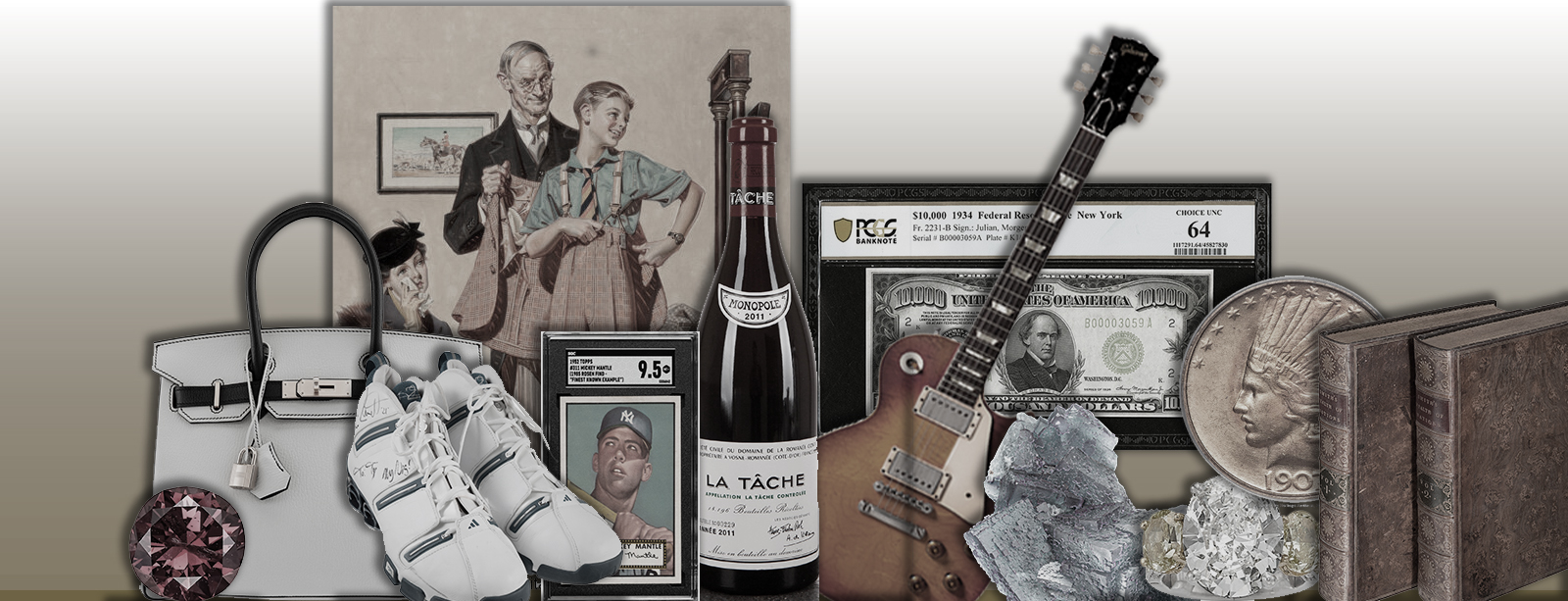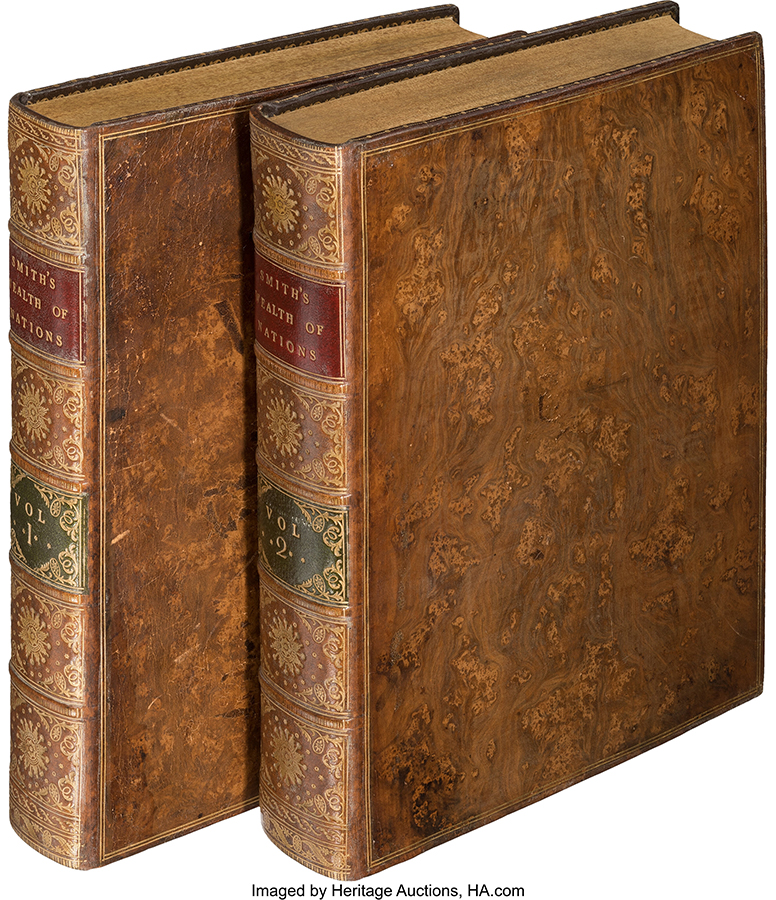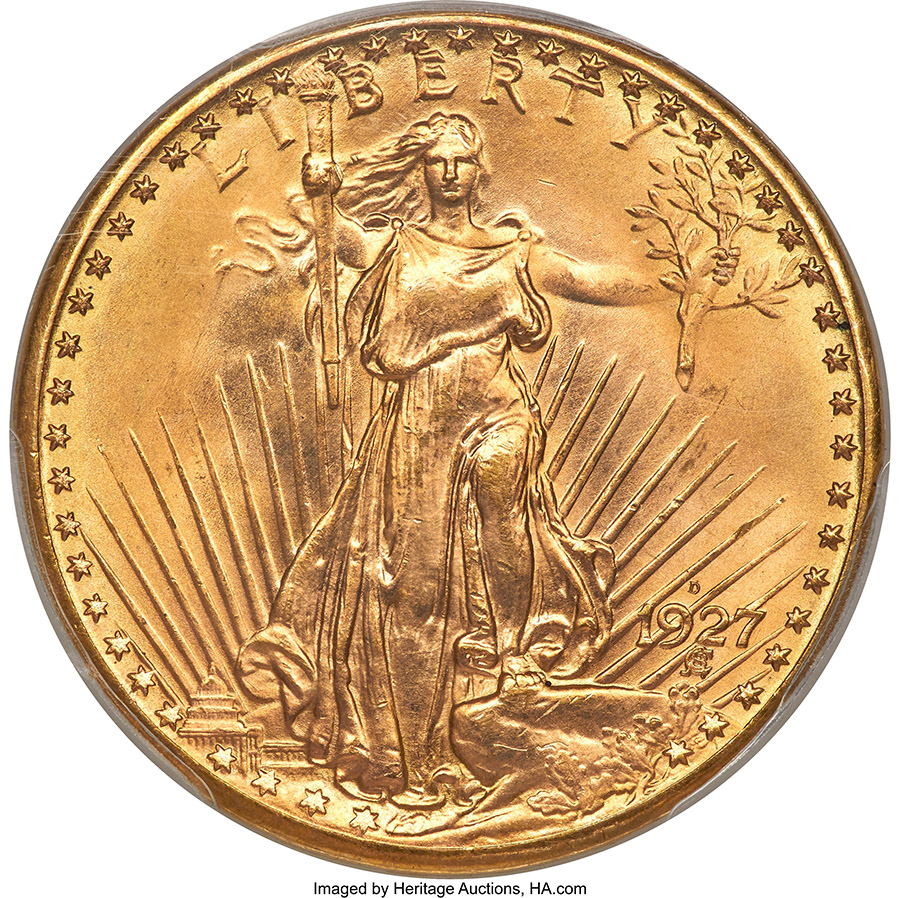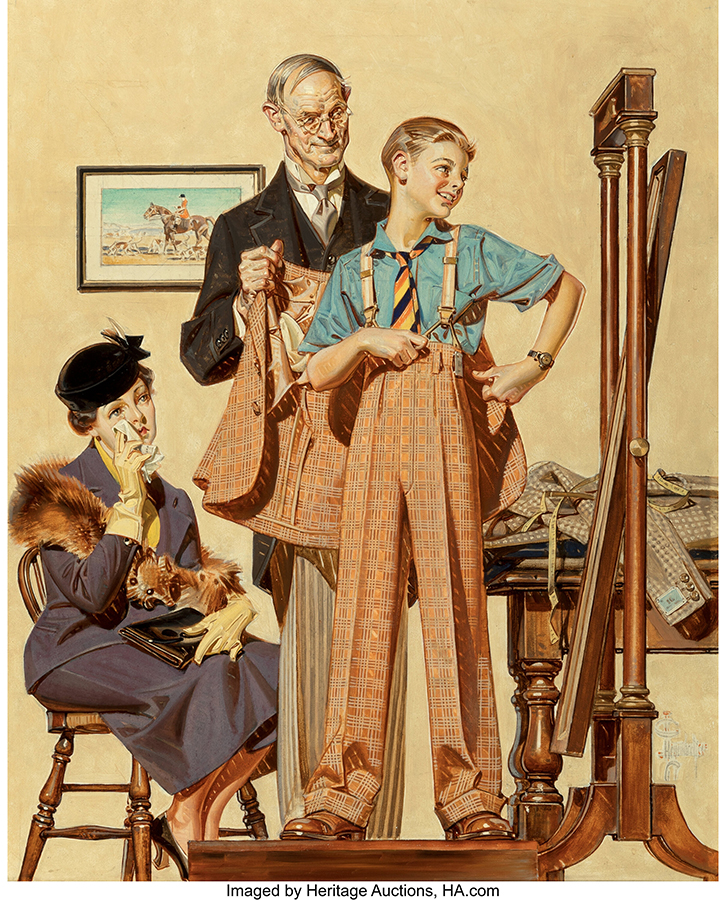SUNLIGHT, HUMIDITY AND HUMAN TOUCH ARE JUST A FEW OF THE FACTORS THAT CAN WREAK HAVOC ON VALUABLE COLLECTIBLES
By James Halperin and Greg Rohan
After being created, all objects age; they act and react over time in accordance with their physical and chemical properties, combined with the environment in which they’re stored. Metals mineralize naturally. Paper collectibles are photochemically changed when exposed to the light necessary for us to enjoy them. Soft fabrics become brittle, and hard substances become pliable. While some changes may take centuries, others take only minutes – and the goal of the collector, like that of the museum conservator, should be to minimize damage and slow the aging process.
Human contact is the leading culprit of wear and deterioration. Use of an object, whether it is a circulated coin or toy train, takes a toll. For many items, use reduces value, but in others, it increases it. A baseball glove worn out by 10 years of continued use by Ted Williams has greater value because of its history, regardless of the physical condition that results from aging. For baseball cards, part of the value comes from their ability to withstand the long odds of survival: Cards cut from recently discovered sheets are seen as second-class citizens. Each category of collectible has its own standard that governs the effects of original use on value. Once an object has left its original environment and becomes a cultural collectible, the new owners must endeavor to preserve its condition.
Human touch can harm objects physically and chemically through the acids in perspiration. After that, sunlight and moisture are the two greatest destroyers of most collections. Another serious threat is contact with reactive materials such as a cleansing or sealing agent.
Human Contact
Avoiding direct contact with objects, if possible, is best.
- Coins can be placed in sealed inert capsules, which protect them from both physical and chemical harm. If outside a capsule, a coin should only be grasped by its edge, avoiding contact with its two sides. Paintings should be framed using archival materials; prints should be glazed, then framed. Grasp only the frames when examining. Comics should be placed in Mylar sleeves or encapsulated by Certified Guaranty Company (CGC).
- White cotton gloves should be worn when handling anything directly, but be aware that your grip may be affected by wearing gloves. When examining a valuable ceramic lidded jar, place one hand on the lid and the other under the base, so that the lid does not fall off while being moved. Statues in any medium should never be grasped by their extending parts (for instance, the arms or legs of figural works).
Sunlight and Artificial Light
If you have ever noticed a rich dark mahogany table bleached off-white and cracked because of its location near a window, or a once-vibrant watercolor painting that has faded dramatically, you have witnessed the powerful effect of light on objects. Prolonged exposure to ultraviolet light may destroy valuable furniture, paintings, photographs, books and textiles.
If you wish to keep your collections in plain view, certain steps should be taken to minimize light damage:
- Purchase windows that filter UV light.
- Place UV filter sleeves over fluorescent lighting.
- Glaze framed items with UV filtering acrylic, not glass (not appropriate for all media).
- Hang curtains and blinds to filter sunlight.
- Never position a light-sensitive object in direct sunlight.
- Keep sensitive works covered with protective cloth; remove only when viewing.
Water and Moisture
Most water damage is caused not by rain, burst pipes or floods, but by humidity. Organic materials deteriorate in humid conditions; mold and mildew can grow, and metals mineralize at a faster rate.
The recommended relative humidity (RH) for your collections should be determined (check with a dealer or society that specializes in your field), after which you need to take the necessary steps to protect your collections from air conditioning, humidifying and dehumidifying. It is important to avoid large fluctuations in RH and temperature, as these fluctuations may cause serious stress to any object.
Here are the recommended storage conditions for a few of Heritage Auctions’ most popular categories:
- Books: 68°F to 72°F, with 40 to 50 percent relative humidity
- Comic Books: 50°F to 65°F, and it’s important to keep the temperature consistent. 40 to 60 percent relative humidity is recommended.
- Coins (and other metals): The biggest concern here is relative humidity. Below 30 percent is ideal.
- Historic Paper: The Preservation Directorate of the Library of Congress says it stores documents at 50°F with relative humidity of 50 percent.
- Paintings: 68°F is recommended, with relative humidity at around 50 percent.
Reactive Materials
It is not unusual to find 19th-century prints on pulp paper in their original frames, with acid-rich mats fixed with glued tape, backed by thin planks of pine and secured with iron-alloy nails. We since have learned a great deal about reactive chemistry and understand that the old practices are truly bad.
The acid in the mat leaks out to the print, causing discoloration or mat burn. Other acids in the adhesive tape do the same. The wood backer and frame, which are designed to protect the print, are full of acetic acid, formic acid, formaldehyde and other chemicals that can do serious damage. Finally, the iron nails reacting to the wood and moist air corrode quickly, harming anything in close proximity. Today, even our urban, industrialized air contains sulfur dioxide and nitrogen dioxide that can create an acidic environment in the presence of elevated relative humidity.
It is imperative that collectors learn what conditions will affect their particular collections. Outdoor marble statuary will not be harmed greatly by sunlight or termites, but acid rain will do the job quickly unless a protective wax is applied regularly. Some modern art is created with materials that are meant to change over time, and that change is part of the artist’s intention. Every category of art, antiques and collectibles has its own preservation requirements.
Educate Yourself
Don’t assume the frames, wrappers, backboards, plastic sleeves or other materials that house your artworks or collectibles at the time of purchase are the safest ones available for the continued health of your acquisitions. The fact that many collectibles have appreciated in value over time means that a costlier means of preservation may be more justified today than when an item originally was sold.
Caring for your collection properly requires learning the safest and most updated methods available for viewing, displaying and storing items. Each object will have unique issues relevant to its material, form and condition. A good reference for museum and conservation information is Conservation Concerns: A Guide for Collectors and Curators, edited by Konstanze Bachmann. For more advice on issues surrounding storage and preservation, check with reputable dealers, auctioneers and collectors’ societies.
This article is excerpted from The Collector’s Handbook: Tax Planning, Strategy and Estate Advice for Collectors and Their Heirs.
 JAMES HALPERIN is Co-Chairman and Co-Founder of Heritage Auctions.
JAMES HALPERIN is Co-Chairman and Co-Founder of Heritage Auctions. GREG ROHAN is President of Heritage Auctions.
GREG ROHAN is President of Heritage Auctions.



